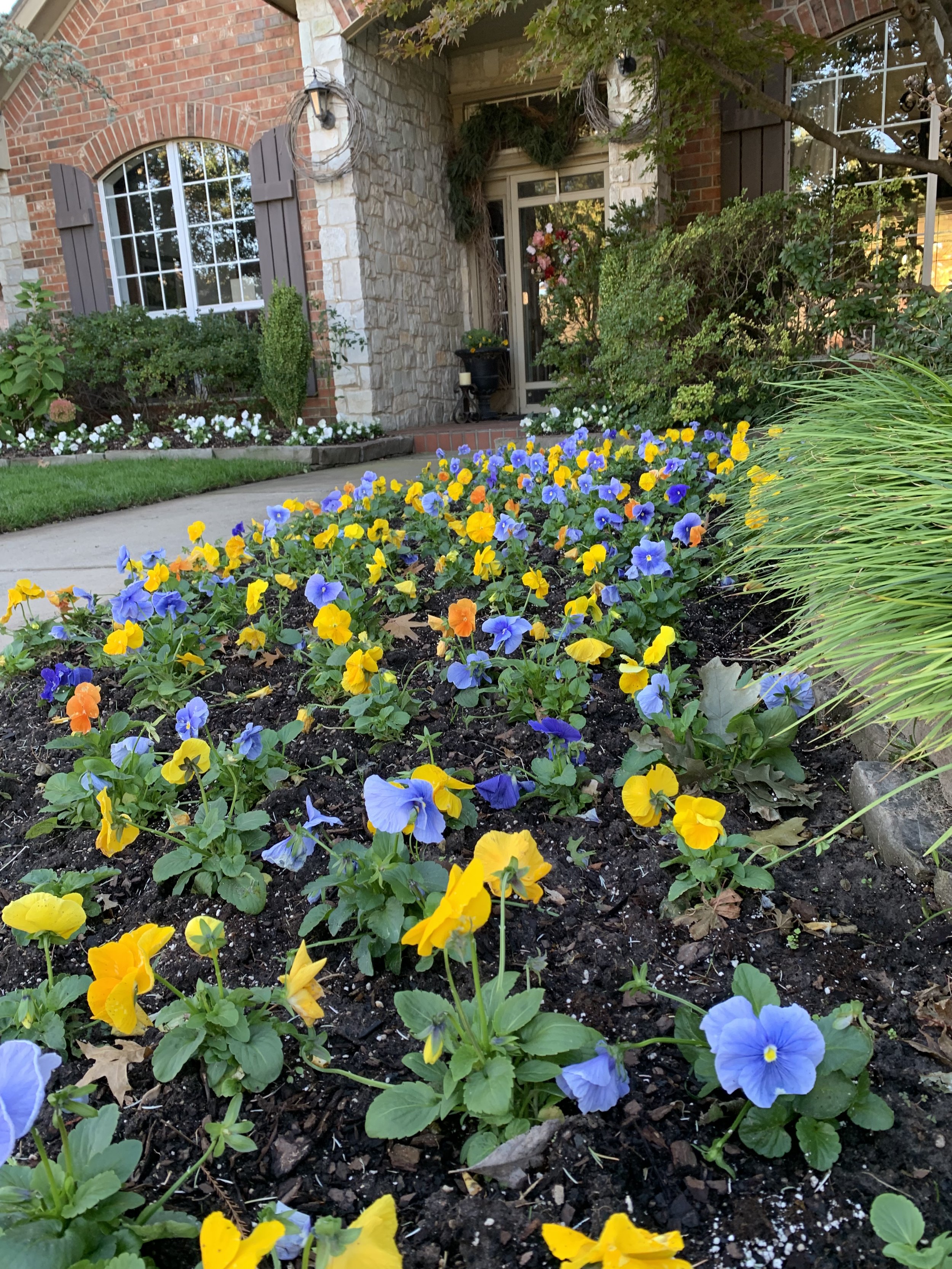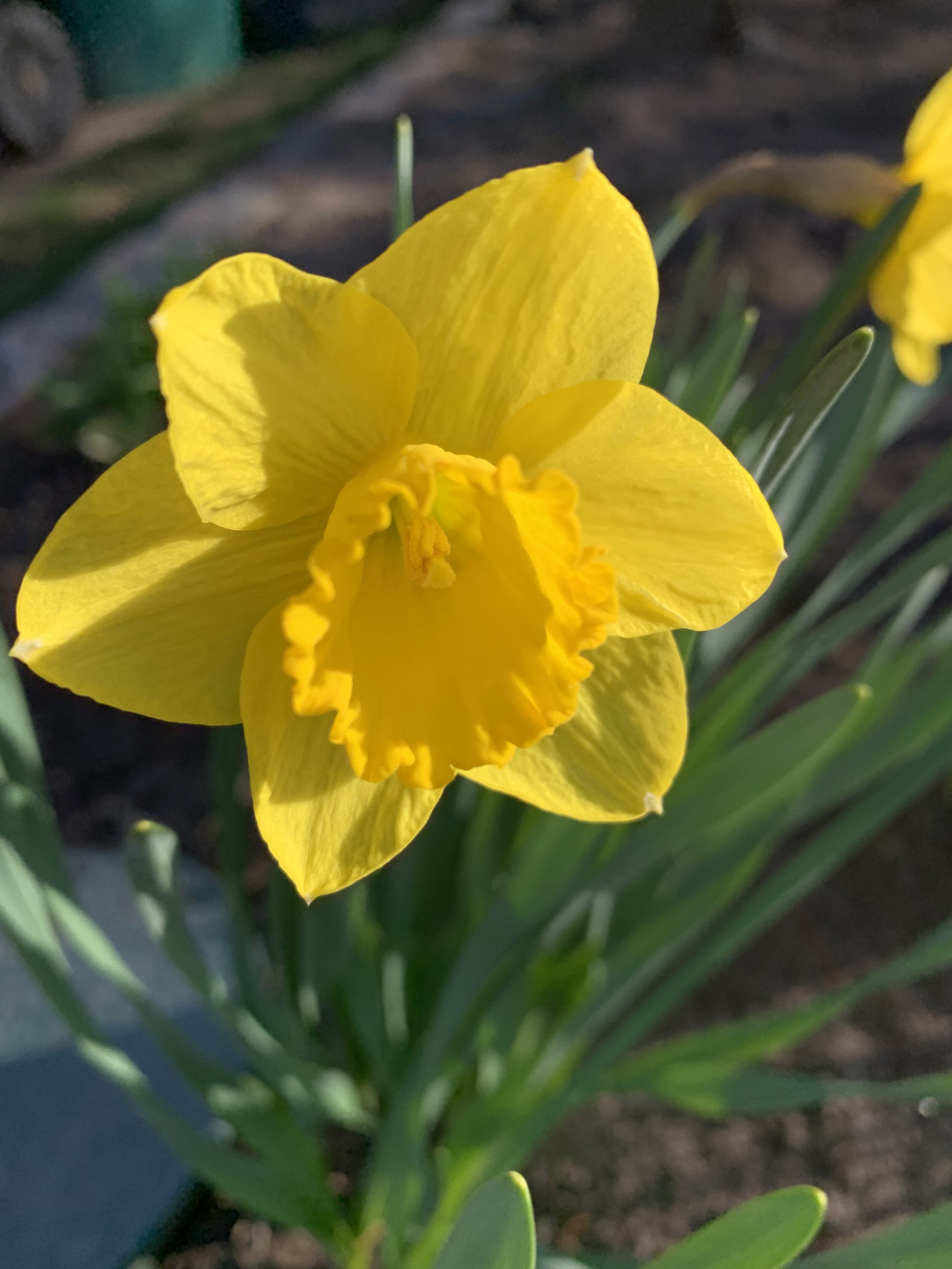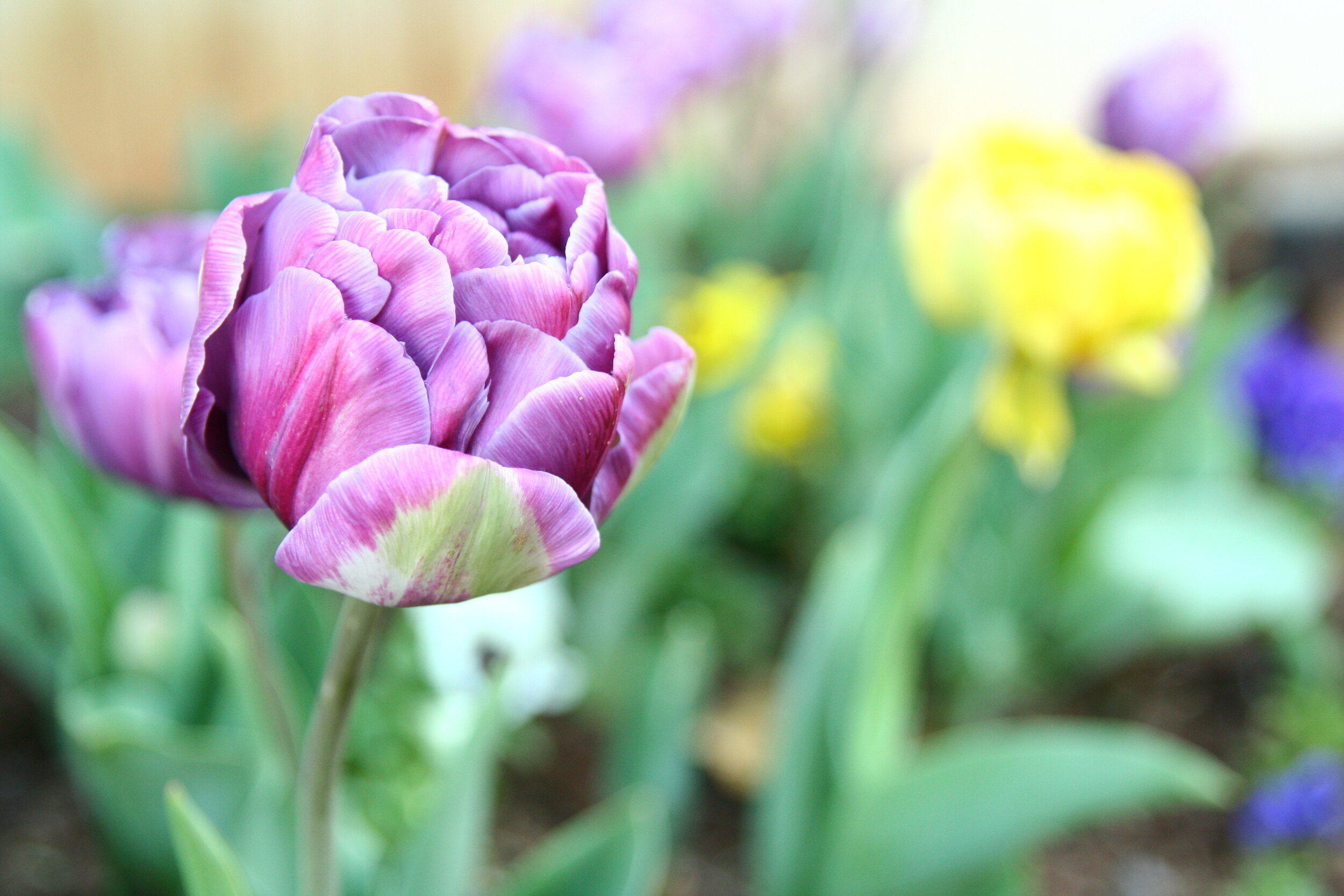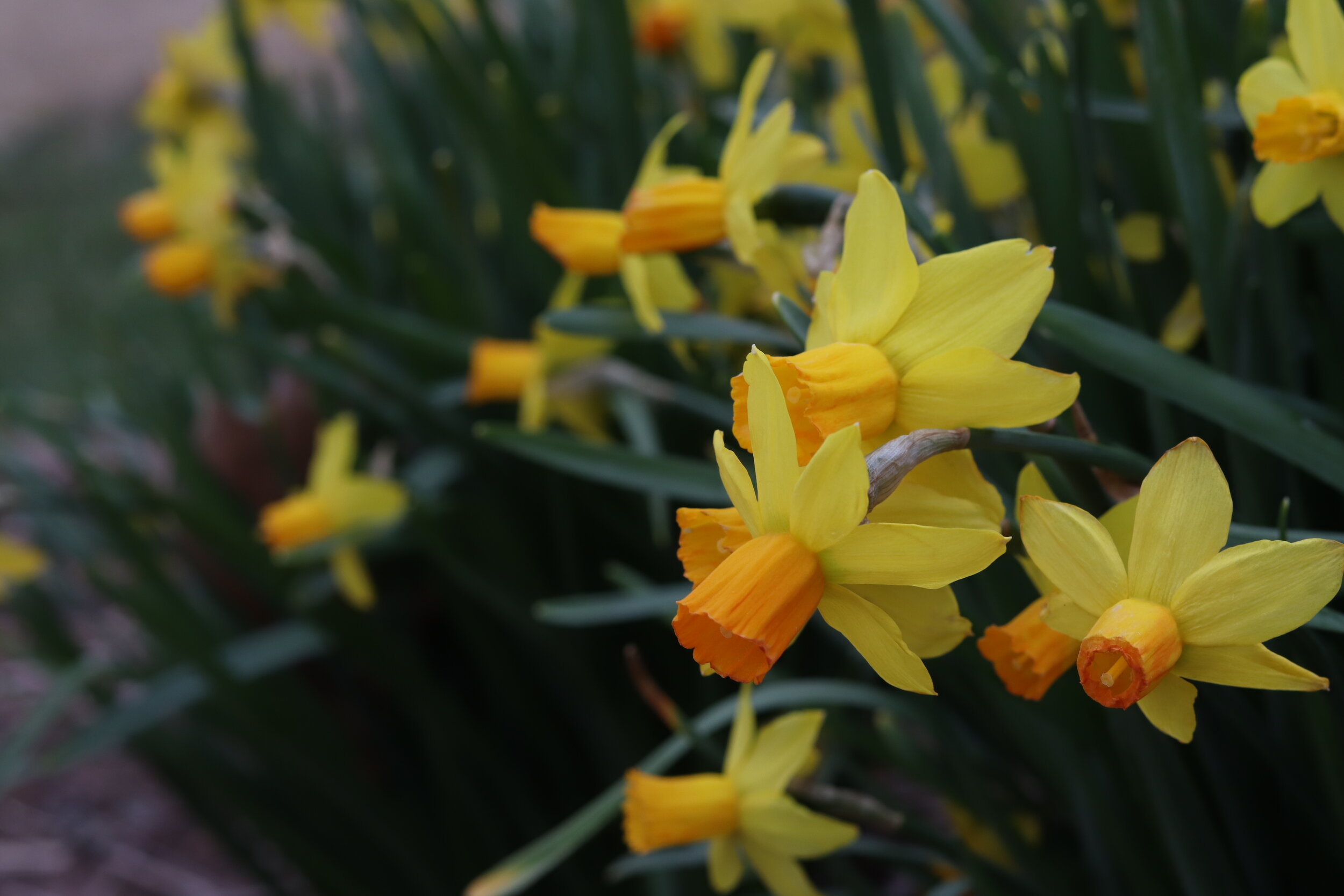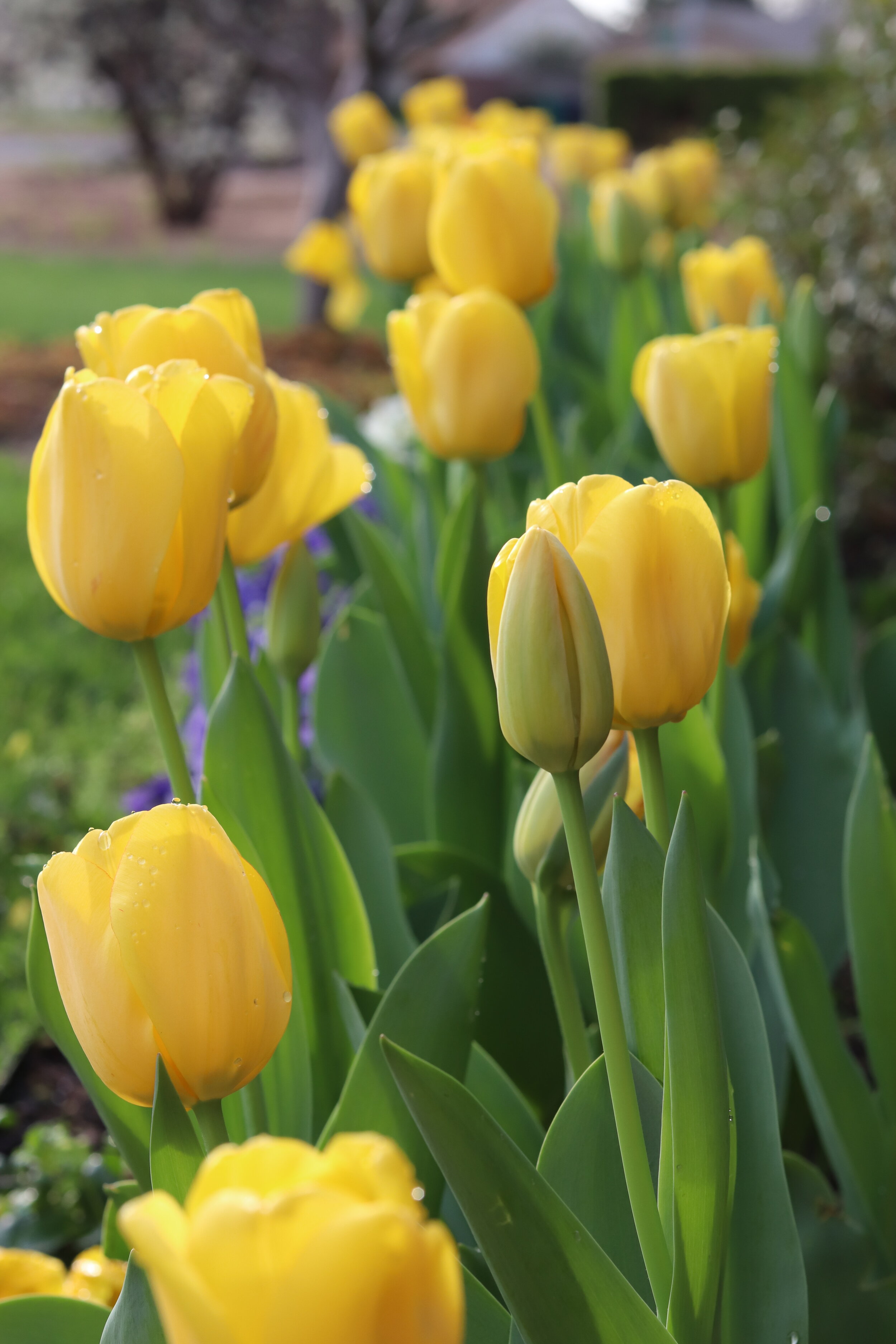Isn’t it amazing how quickly our perspectives change when the weather changes? The summer that felt like it would never end is fading from our memories as our thoughts shift toward fall activities.
Next up for your landscape…. Fall Seasonal Color!
I bet I can guess what you are thinking, “but my summer color looks so good and full right now!” It does.
There is a good chance your summer seasonal color looks better than it has all summer right now.
The change in temperatures and a little rainfall have returned summer annuals to adding spectacular color to landscapes.
So right now, is the perfect time to update your Seasonal Color Journal. (You have one, don’t you?)
Grab a notepad and your smartphone, head outside, and start taking pictures and making notes of your summer seasonal color.
Seasonal Color Defined:
The planting of annual (plants that only last one season) flowers in the landscape adds a seasonal accent of color. Annual color can have more impact on the landscape than any other design element. Seasonal color plantings can be large and bold, or they can be small plantings near the front door or planted on the edge of the patio to catch your attention, or they can be as simple as a few colorful landscape pots welcoming guests to your home. The key is to only plant as much color as you can adequately care for. Seasonal color, large or small, is a statement piece in your landscape.
Record your successes and disappointments of the summer. Most likely you have some of each. I do. Hopefully, the summer of ’23 delivered you more summer color successes than disappointments.
As days in the 80’s are replaced by days in the 70’s the change in the landscape will be most noticeable in your summer annual color. Impatiens, begonias, penta, lantana, periwinkle, coleus, sunpatiens are often at their best in early September and fading by the end of the month.
Time to document and plan.
Document your summer seasonal color.
Plan your October seasonal color change.
Fall seasonal color options:
A key to pansies surviving the winter is moisture. A good deep soaking once per week in the winter will help them overwinter.
Pansies – How ironic! The cool season annual that is the toughest…the best at surviving the cold of winter is called a Pansy! Planting pansies this fall will add vibrant yellows, blues, purples, oranges, whites, and reds to your landscape for 7-8 months. The key to pansies surviving the winter is keeping the plants from being bone dry when cold fronts arrive. Pansies love fertile, well-drained soil. For the best results add compost to the soil when planting. For the best show, plant on 6” centers. Pansies are available with a clear face or with a blotch. I love both but enjoy the added color contrast you get with the blotch.
Use seasonal color as a welcoming statement for your guests.
September is the month that starts with summer color looking fantastic at the beginning of the month and fading by the end of the month
Mums – They are actually a perennial but can double as an annual for dramatic color during October and November. They are traditionally used in pots and overlooked as a bedding plant. Use mums in the landscape for bold, eye-catching color. An added bonus – after the blooms fade, transfer the plants to a place where they will accent the landscape as a perennial in the coming springs and falls.
Kale riding out an ice storm.
When you use mums as perennials they add a splash of color to your fall landscape.
Kale and Ornamental Cabbage – A leafy annual that adds texture along with hues of purples, pinks, and whites to the fall landscape. Most winters kale and cabbage will add interest to the landscape through the holidays and occasionally into the spring. Just like pansies, the most damaging thing you can do is allow the soil to be dry when cold spells sweep in.
Pansies, kale and mums make a great combination for your fall landscape containers.
It’s still too early to plant spring-blooming tulip bulbs, but it isn’t too early to start planning your color scheme and where you are going to plant bulbs.
Bulbs: Tulips, Daffodils, and Hyacinths – Not fall color, but they must be planted in the fall for color next spring. We will spend more time talking about spring flower bulbs later, but now is the time to start making your plans. Bulbs put on their best show in the spring when they are planted with several bulbs together in a group.
For the best color show, limit mums and/or kale to 20% or less of your planting. Because of the short bloom time of mums and the chance kale will not last till spring, you will limit your spring color show if you have too much of them. Or, plant your spring bulbs in the same area as your mums and kale. The bulbs will fill the void with a burst of color next spring.
Start planning now and be ready to plant in October.
You don’t want to be without color for the next 7-8 months.
Lorne Hall
Hall | Stewart Lawn + Landscape
(405)367-3873
A blanket of pansies with kale. In this landscape tulip bulbs are planted in November every year in the area of the kale to add more color next spring.
Bad news - you only have a couple more weeks to enjoy your summer annual color. Start planning now to replant seasonal color areas in October with cool weather loving pansies, mums, and kale.





